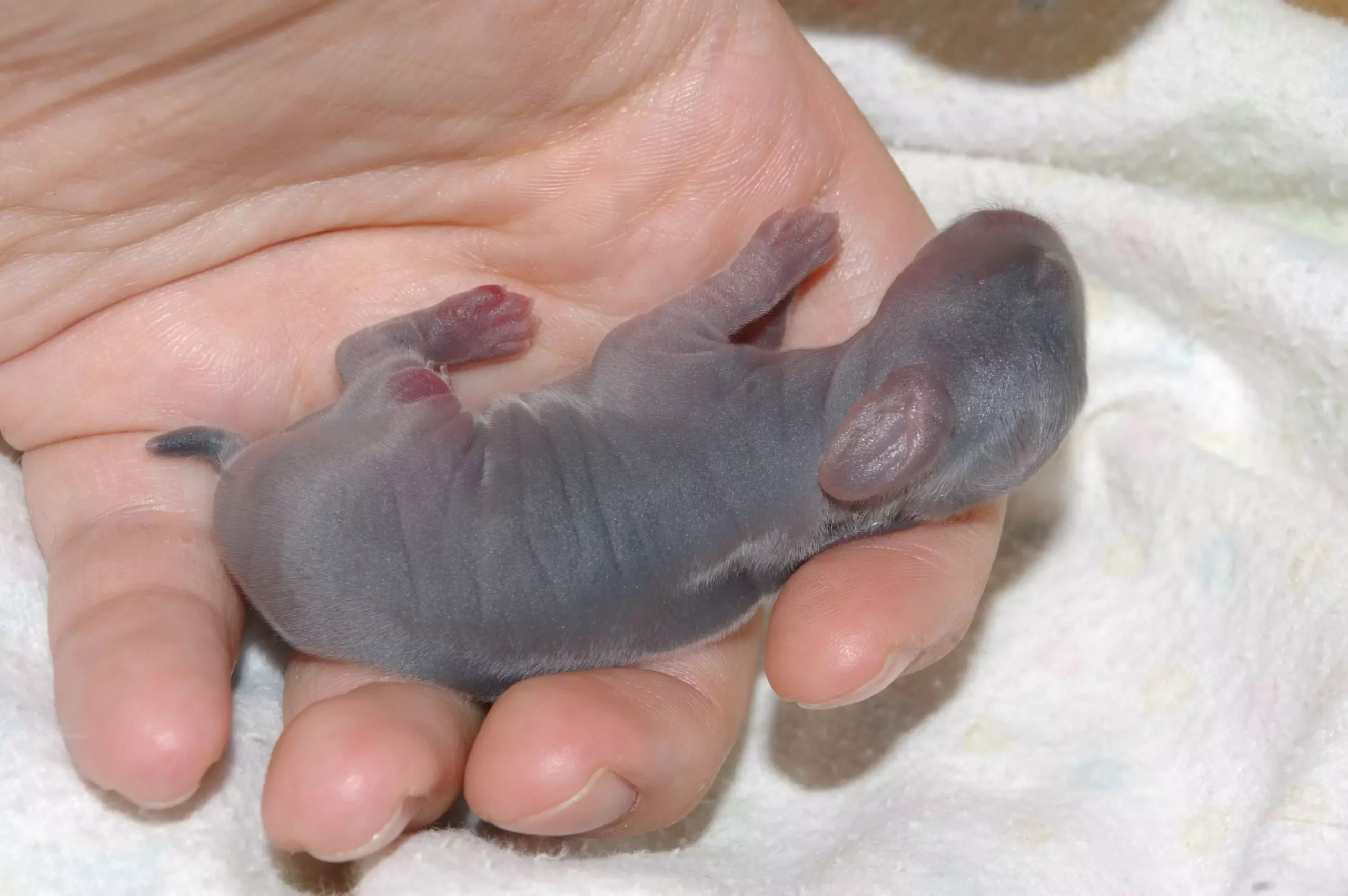Raising rabbits can be a rewarding experience, filled with joy and companionship. However, it also demands responsibility and diligence, especially when it comes to newborn bunnies, or kits. This article delves into a critical aspect of rabbit husbandry: the hazards faced by kits when they are born outside the protective environment of a nest, known as “kindling on a wire.” Understanding how to respond when a doe gives birth in such conditions is essential for ensuring the health and survival of these vulnerable creatures.
Rabbits do not naturally move their young; they rely on their environment for safety. When a kit is born outside of a nest box, the implications can be dire. Newborn rabbits are born in a particularly fragile state—they are hairless, blind, and deaf, with extremely sensitive skin. This makes them highly susceptible to temperature fluctuations, as their lack of fur and insufficient body fat means they can lose heat very rapidly.
When a kit is left on a wire during these early moments of life, it risks becoming separated from its mother and littermates. This scenario not only heightens the threat of hypothermia but also leaves the kit vulnerable to potential predation and neglect. Therefore, recognizing the signs of distress in a newborn bunny is crucial for caregivers. A cold or immobile kit requires immediate action to restore its warmth and health.
Upon discovering a kit that has been separated from its nest, the first step is to evaluate its condition. A kit that feels warm and is slightly mobile might only need to be gently returned to the nest. However, if it is cool to the touch, this indicates a need for urgent intervention.
The good news is that rabbits exhibit a fascinating survival mechanism; when their body temperature drops, they often remain still to conserve energy. Thus, a kit that appears inactive is not necessarily dead; it may simply be in a state of hibernation, hoping for warmth to return. If you find yourself in this situation, it’s crucial not to panic; instead, focus on effective warming methods.
Restoring a kit’s body temperature is vital and can be done using various methods. The most straightforward approach involves using your own body heat. Placing the kit against your warm skin, such as under your shirt, can provide immediate warmth. Alternatively, a heating pad can be used, but this method requires caution. Always wrap the pad in a towel and set it to the lowest setting to prevent burns—baby rabbits have delicate skin that can be easily damaged.
Another effective method is to utilize a warm water bath. For this, place the kit in a resealable storage bag, ensuring the bag is open. Submerge the bag in a bowl of warm water, ensuring the kit remains dry but can still absorb heat through the plastic.
Additionally, warmed towels from a dryer can be wrapped around the kit, applying gentle heat as they cool. Rotate between towels to ensure consistent warmth until the kit shows signs of recovery, such as increased movement and a warmer body temperature.
Once the kit has been warmed sufficiently, it can be placed back in the nest box with its littermates. However, it’s critical that the kit be fully warmed before this step. If the kit remains cool, other siblings may instinctively avoid it, compromising its chances of survival. It is a heartbreaking truth that not all kits can be saved; sometimes, despite our best efforts, nature does take its course.
As a responsible caregiver, frequent checks on pregnant does and their litters can preempt the occurrence of these distressing situations. Observing the nest box can help catch potential issues, such as a doe inadvertently dislodging a baby while moving around.
Just as with any creature, if you’re concerned about the health of your rabbit or its young, consulting a veterinarian should be your first course of action. Vets can offer informed advice tailored to your pet’s unique health history and needs, which is essential for effective care.
Being prepared and knowledgeable about the specific needs of newborn rabbits can significantly impact their chances of survival. Understanding the dangers of kindling on a wire, being able to accurately assess the situation, and knowing how to safely warm and reintroduce a kit can mean the difference between life and death. As you embark on the rewarding journey of raising rabbits, take these precautions to ensure that your furry companions thrive.

